Visions of Personalized Learning in Denver
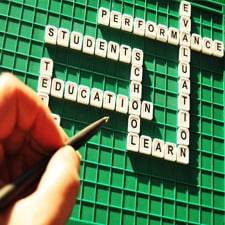
Like the majority of public school districts in America, Denver Public Schools is rethinking the opportunity set and reshaping its vision of the desired future state. Despite producing the most rapid academic gains in the state, less than half of DPS graduate prepared for college and careers.
While some schools are buying truckloads of tablets, thoughtful districts are holding conversations about the potential of personalized learning. The right first step, as recommended in the Blended Learning Implementation Guide, is starting with clear goals and a sound strategy.
DPS drafted a powerful picture of the future where each student:
- Actively engages in his or her development, growth opportunities and goals;
- Works with teachers to co-create a customized learning plan to reach content mastery and that leverages his or her strengths;
- Accesses engaging and standards-aligned curricula that supports his or her academic, social, and emotional needs through a variety of delivery methods
The vision statement aspires for high-agency environments where students are in the driver’s seat. The DPS Team believes, “Effective personalized learning will create life-long learners that graduate prepared for success in college and career.” (See 4 Essential Attributes of Personalized Learning.)
4 Pillars of Personalization. The DPS team is launching a community conversation around a draft framework that describes how the personalized learning definition will be realized:
- Individualized learning paths: Students work with teachers and school leaders to co-create individual learning paths, leveraging qualitative and quantitative data, and matching student interests and learning needs; paths allow for student progression based on mastery.
- Evolving teacher, administrator & student roles: Personalized learning for adults supports flexible staffing school operational structures. Teachers also act as facilitators of learning, working in collaboration with students to shape their learning experiences. District and organizational cultures create conditions that support continuous learning and improvement and encourage teachers to explore new approaches
- Next-gen curriculum & ways to demonstrate learning: Students experience standards-aligned curricula through a variety of delivery methods, which are informed by individual learner profiles and that adapt to student needs and interests; demonstrations of learning are used frequently to inform content, delivery methods, and goal setting.
- Strategic use of time, physical space, technology & community: Space, time, technology, and community partnerships adapt to meet each student’s needs; parents and community partners are intentionally integrated into students’ learning experiences to support their academic, social and emotional growth.
Top Down? After setting good goals, the next step is getting the strategy right. Big districts like Denver are sweating the balance of support for bottom up initiative and the need for top down leadership. While vision setting, DPS has launched a half a dozen blended learning pilots, created partnerships with high performing charter networks, and won the opportunity to work with Carnegie to develop new high schools.
That’s a good start, but there are 170 schools in Denver, so the question is how to realize the potential of personalized learning at scale? Are incentives for school-based initiative enough? Will a handful of grant funded initiatives tip the system?
With so many teacher leaders already using flipped and blended strategies, support for teacher leadership is a must. In Washington D.C., a teacher leadership sponsored by CityBridge is Changing the School Landscape. But it’s also clear that asking 170 schools to create coherent school models supported by integrated technology systems is completely unreasonable.
In addition to the degree of difficulty, I think speed and equity are important considerations. Most states will shift to online assessment next year. As noted in Getting Ready for Online Assessments, we think matching the learning environment with the testing environment is important–and the testing calendar suggests a relatively quick shift to high access environments. Supporting some schools in the shift to blended and personalized environments will leave inequitable gaps in learning environments across a city. With a plan for phasing, a superintendent can justify inequitable access for 24, maybe 36, months but not indefinitely. Another good reason for creating a timeline for the shift is a calendar for aligning district support systems–staffing and development, assessment and data, and school funding.
As noted last week in a blog about platform-centric networks, I suggested that big districts like Chicago should have 6-8 school model and platform combinations. The DPS team thought eventually 3-4 may be the right number but there is likely to be more divergence over the next year or two before consolidating around a handful of models.
Districts like DPS should encourage teacher leadership and school initiative and put together a three year plan for the shift to blended and personalized learning. The plan should include a fast lane for adults ready to move and a slow lane for those still learning. DPS has a great vision, it’s time for a plan.
For more, see our free ebook, Navigating the Digital Shift, and Project 24, a toolkit for systemic planning around the effective use of technology and digital learning to achieve the goal of college and career readiness for all students.




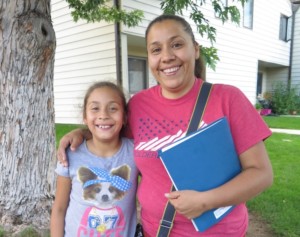
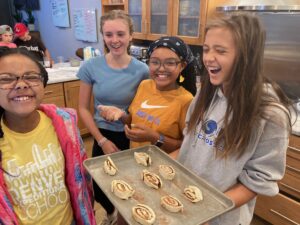
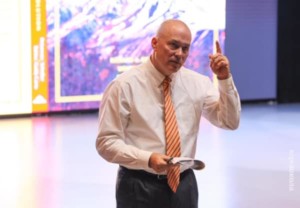
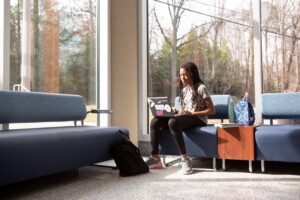
Leonard Waks
Tom
You might wish to see my book length treatment of this topic in Education 2.0 (Paradigm-2103)
Replies
Tom Vander Ark
thanks, will do